Lovers of mathematics relish challenges, enjoying the manipulation of numbers and geometrical figures, seeking and creating patterns. Their fascination sometimes extends into language and other seemingly unrelated domains. An intriguing example of visual wordplay, deeply linked to mathematics, are ambigrams, Ambigrams are a way of writing words such that they can be read in more than one way. They cleverly utilize the way words are presented, combining the mathematical concept of symmetry, the beauty of typeface design, and the study of visual perception to produce unexpected, creative patterns. For instance, here is a design I created this morning. As you can, hopefully, see, the design reads as “Artificial” one way and “Intelligence” when rotated 180-degrees. How cool is that!
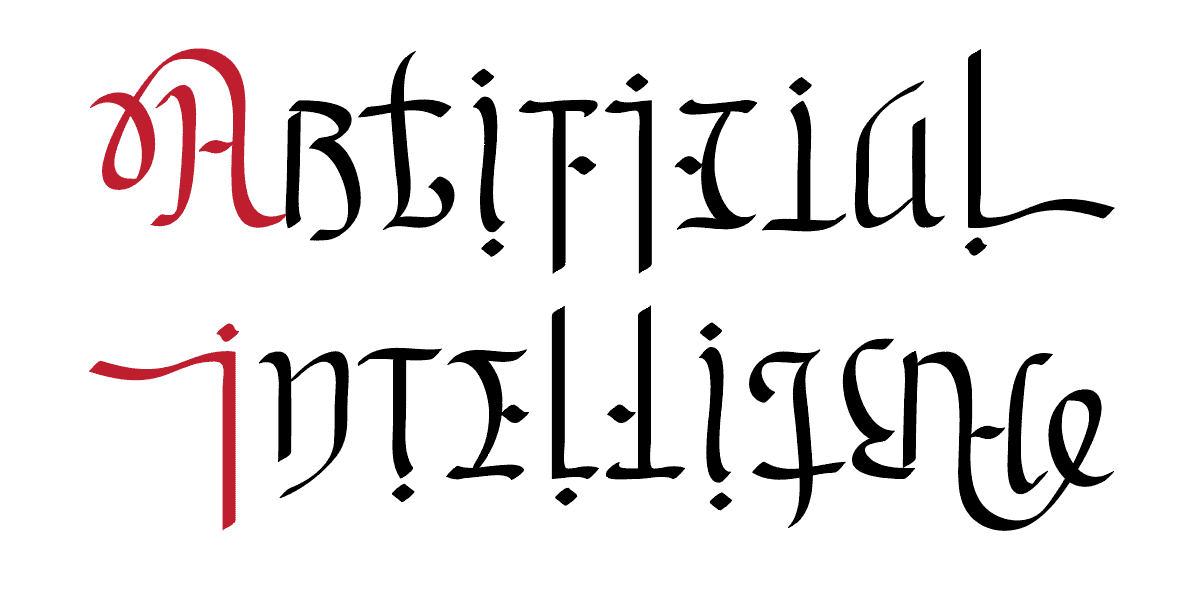
A few years back Sailesh Shirali and Sneha Titus editors of At Right Angles, a mathematics education magazine, invited me to write a column on ambigrams and mathematics. My friend, Gaurav Bhatnagar, a bona fide mathematician, and I ended up writing 5 articles for the magazine. (That entire series is embedded at the end of this post).
More recently Sneha reached out to me wanting to use some of my ambigram designs for an upcoming issue. I was thrilled to see that they had chosen one my designs for the cover of the July issue. As she wrote, introducing the issue on FB:
‘Beauty is truth, truth beauty’ said Keats. And the July 2023 issue has some beautiful mathematics, which show how truth and math are synonymous. A special Pull Out on Proof, a new proof of the Pythagoras Theorem, a book review and a manipulatives review, deciphering a card trick using mathematics,…many delightful articles are yours for the reading.
You can access the entire issue by going here. Below is the cover (and an inside page describing the cover) in the magazine.
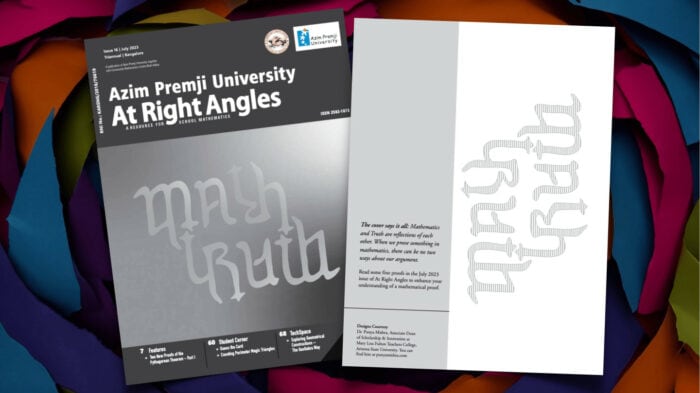
The idea of “proof” is one of the themes of the issue. So I wanted to share a design I had created before, but presenting it in a new way. This a chain-reflection ambigram of the word “proof.” I just placed a mirror next to the image of the design (as published in At Right Angles, back in March 2015) and took a photograph using my phone. As you can see the design looks the same even when reflected in a mirror, which is, of course, not true of the other words on the page.

The series of 5 articles (Of Art and Math) that that Gaurav and I wrote can be found below.

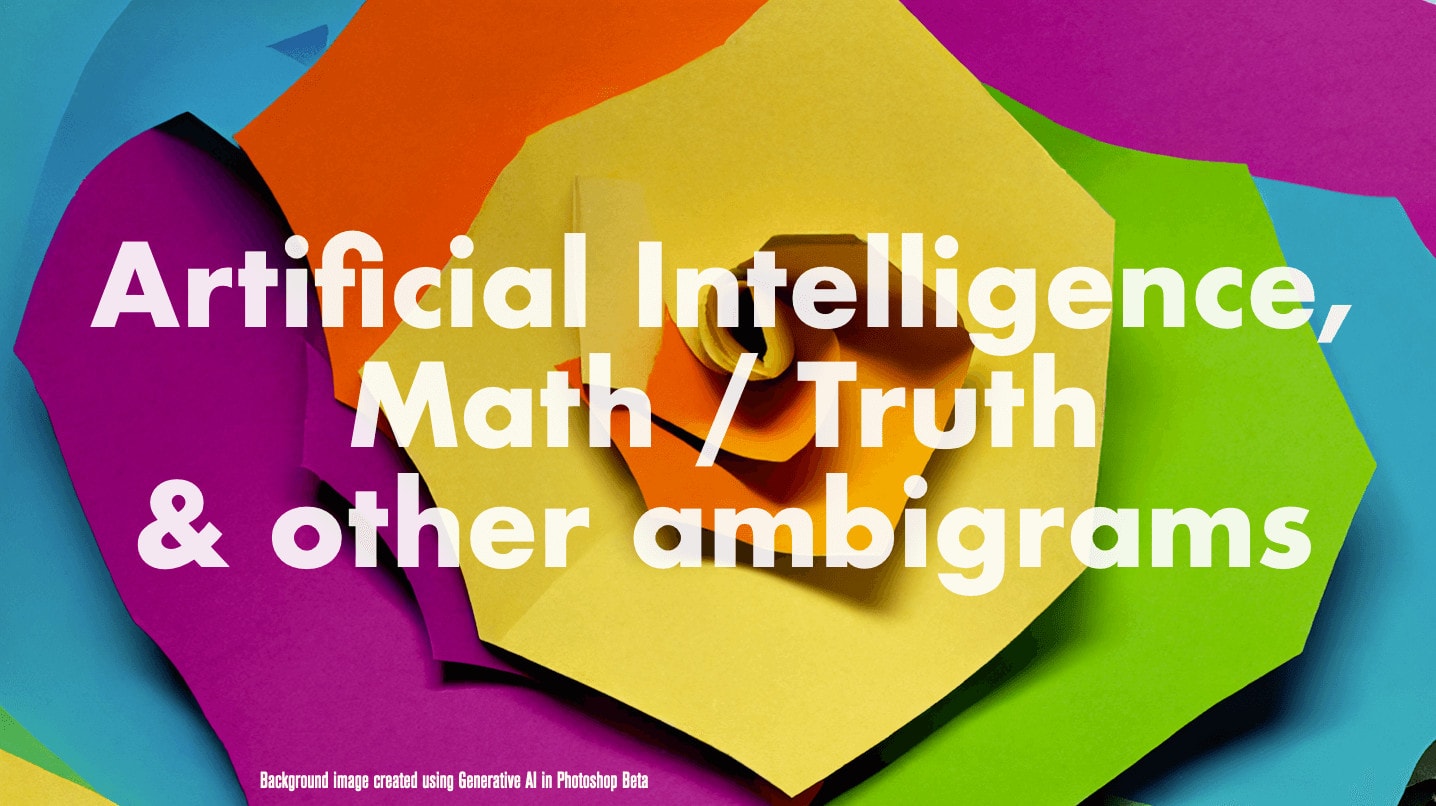
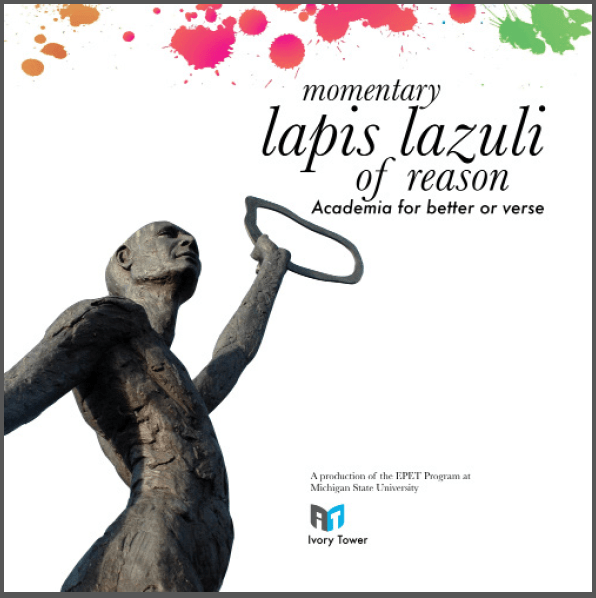
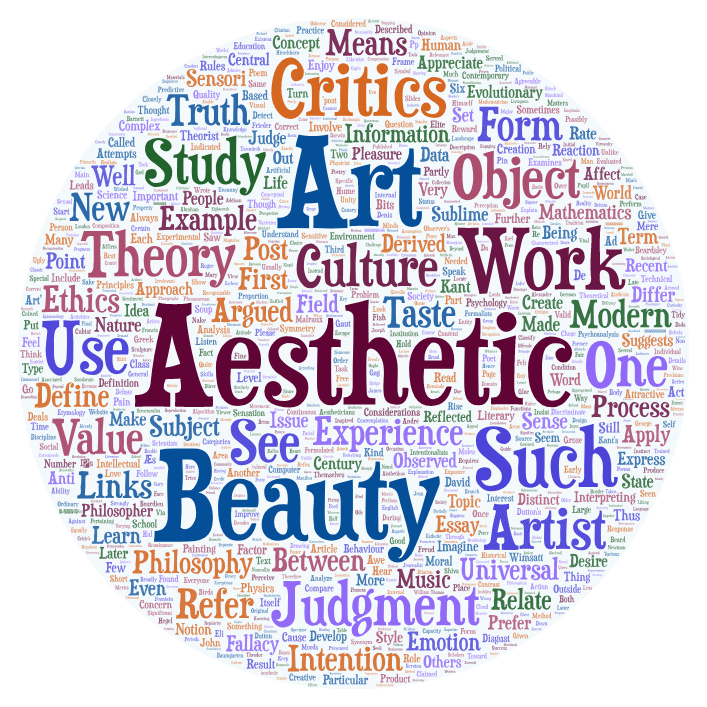
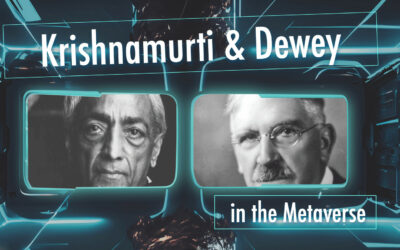
0 Comments